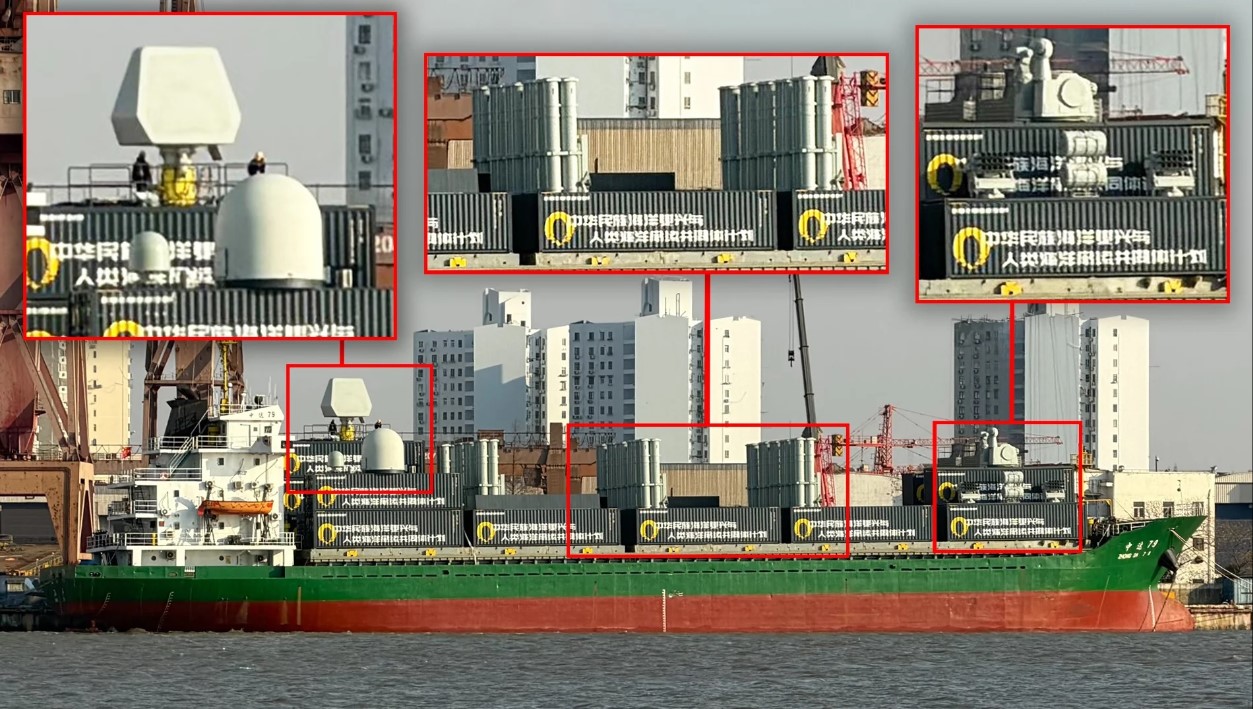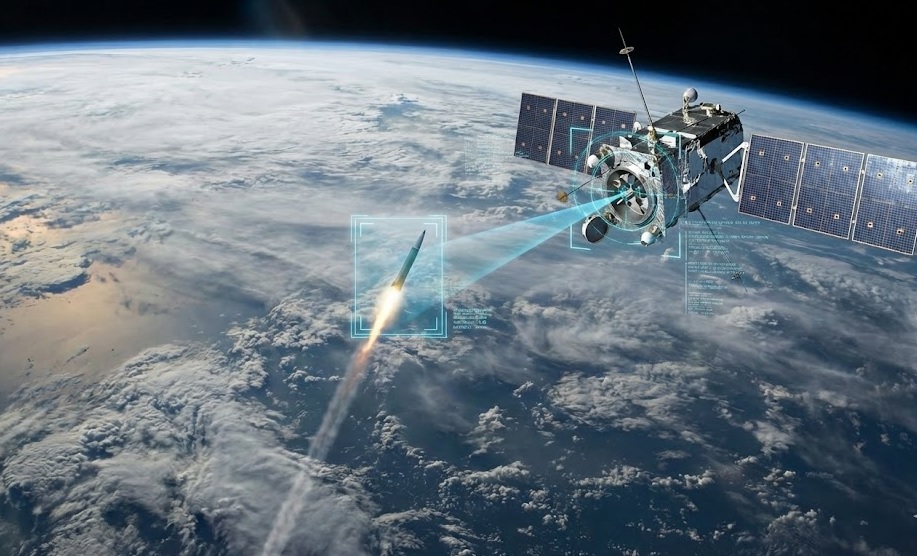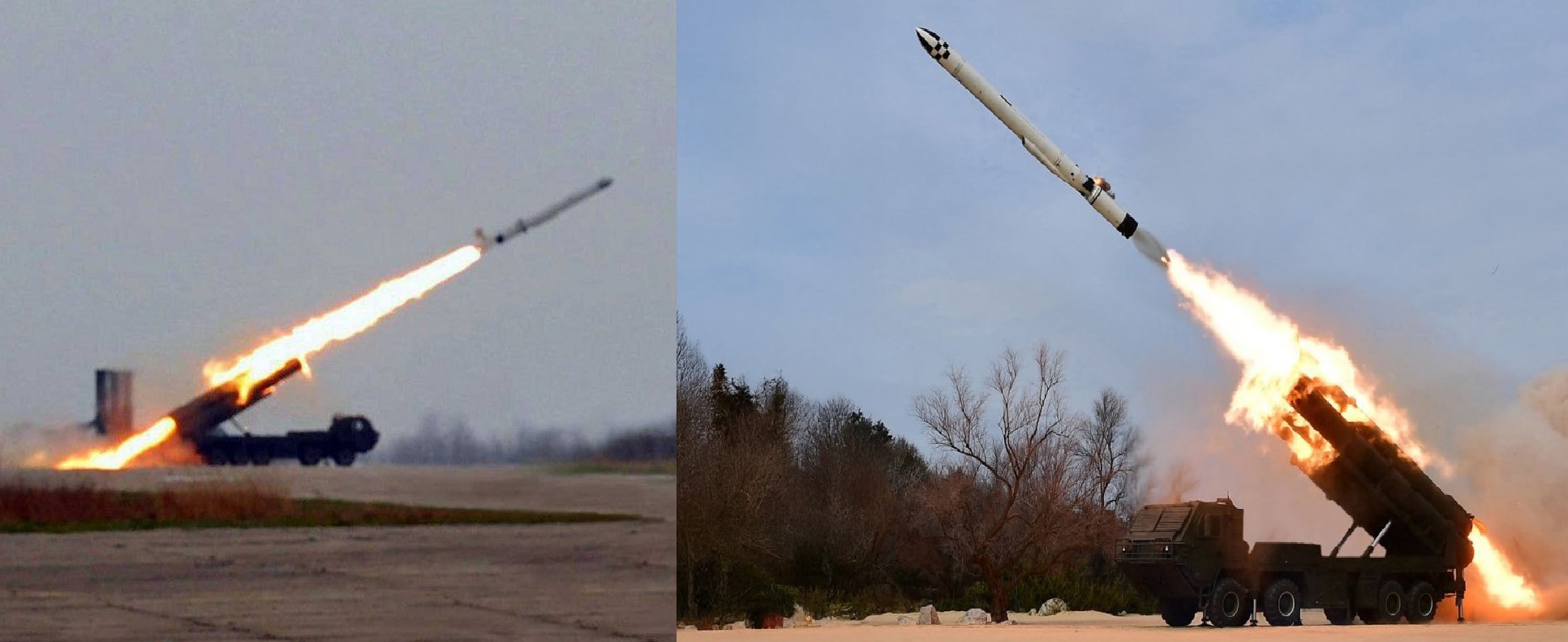Generate Electricity on Moon Base ,NASA Nears Completion of Design Phase for Lunar Nuclear Fission Reactor

Space News ,NASA :- NASA is in the final stages of the design phase for its Fission Surface Power Project, a groundbreaking initiative aimed at creating a compact nuclear fission reactor to generate electricity on the moon. The project is a key component of NASA's Artemis program, addressing the need for a reliable and independent energy source during the prolonged lunar nights.
In 2022, NASA and the U.S. Department of Energy awarded contracts to three companies — Lockheed Martin, Westinghouse, and IX (a joint venture of Intuitive Machines and X-Energy) — to develop initial designs for the reactor and subsystems. The primary goal is to establish a clean, safe, and sustainable energy solution that can support a prolonged human presence on the lunar surface for at least a decade.
Trudy Kortes, program director for technology demonstration missions within NASA's Space Technology Mission Directorate, emphasized the significance of the nuclear reactor, which operates independently of solar conditions, making it crucial for long-term lunar exploration and scientific endeavors.
The lunar south pole, with its permanently shadowed regions believed to contain water ice and other volatiles, is identified as a potential location for deploying the reactor. The next phase involves extending contracts to refine the project's direction, leading to Phase 2, which encompasses the final reactor design for a lunar demonstration. The open solicitation for Phase 2 is anticipated in 2025.
Lindsay Kaldon, Fission Surface Power project manager at NASA's Glenn Research Center, explained that the information gathered from the initial partners will guide the decision-making process for Phase 2, ensuring the development of a lower-risk system.
NASA's target date for delivering the reactor to the launch pad is set for the early 2030s, following Phase 2. The agency has specified a 40-kilowatt reactor using low-enriched uranium, with a weight limit of 13,200 pounds (6,000 kilograms). While certain constraints are defined, NASA has encouraged flexibility, allowing companies to present creative and diverse approaches for technical review.
In the U.S., a 40-kilowatt reactor can provide electrical power for approximately 33 households, according to NASA. This lunar nuclear reactor initiative is part of NASA's broader nuclear plans for space, which includes launching a nuclear-powered spacecraft named DRACO by early 2026. Additionally, recent contracts have been awarded for the development of more efficient Brayton power converters to Rolls Royce North American Technologies, Brayton Energy, and General Electric.
✍️ This article is written by the team of The Defense News.






